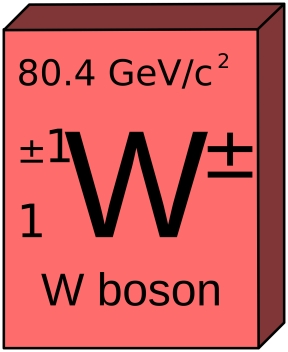Free Courses Sale ends Soon, Get It Now


Free Courses Sale ends Soon, Get It Now



Copyright infringement not intended.
Context
Standard Model of Particle Physics
Boson
Fundamental Bosons
Importance of W Bosons
What was the need for conducting new measurements?
Measuring W boson’s mass
Implications
https://science.thewire.in/the-sciences/w-boson-mass-anomaly-tevatron-new-physics-standard-model/
© 2024 iasgyan. All right reserved